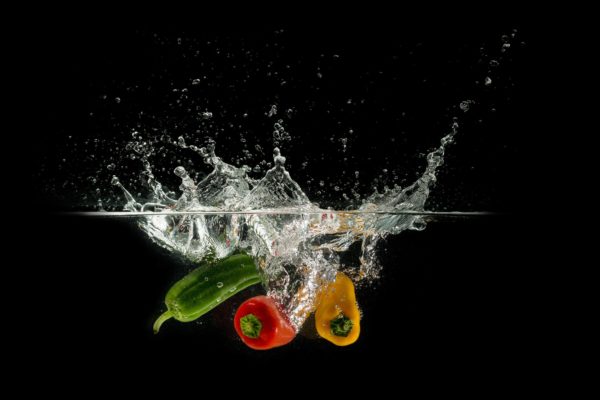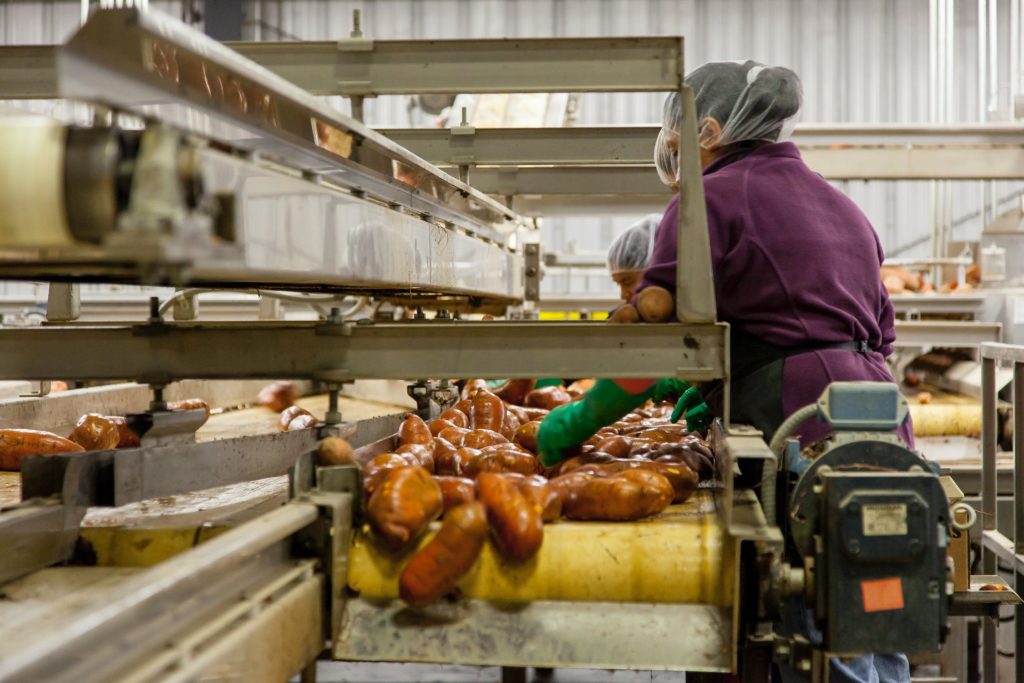Improving the safety practices of a food processing or storage facility isn’t difficult. Managers must make it a part of every employee’s routine, and by bringing in some professional guidance, they can find every opportunity to shore up their weak points and make food safety much easier for everyone in the facility.
Here are five simple steps every processing or handling facility can take to improve their food safety practices. What makes most of these steps simple is that managers and employees don’t have to figure them out themselves!
Step 1: Make Sure All The Equipment Is Working Properly
Good food safety practices start with trusting the equipment. Proper calibration plays a crucial role in food safety because if the equipment controlling physical, chemical or biological hazards is off by even a little, operators could find their product ruined, with the consumer put at serious risk. Regular, professional calibration and measuring ensure that all the equipment that monitors food processing performs with accuracy and consistency.
Step 2: Conduct A Gap Assessment
A “gap assessment” is an evaluation of the food safety management practices. Food suppliers and warehouses must perform gap assessments in preparation to receive any Global Food Safety Initiative (GFSI) certifications. It’s not strictly business, though – they have practical purposes, too! A gap assessment can help any food processing or handling team understand how sensitive food ingredients or products move around the facility, highlighting hygienic zoning and adjacencies that can they can establish to reduce the risk of product contamination.

Step 3: Validation
Validation is a scientific approach that can demonstrate when food safety controls (i.e., Critical Control Points and critical-to-food-safety prerequisite programs) are effective – and when they aren’t. By bringing in professionals to validate the controls, a facility can guarantee that their food products are safe before they leave the premises.
Step 4: Prioritize Sanitation
In the food industry, sanitation might be the most important part of any food safety system. A facility has to sanitize thoroughly and regularly – the job can’t be infrequent and uncontrolled. Any biological, chemical and physical contamination can lead to expensive recalls and put the health of consumers in jeopardy.
Facility operators have to consider the accessibility of utilities, ensure there’s proper drainage, and make it easier for workers to conduct sanitation operations. Knowing and isolating areas that will require wet cleaning from dry areas of the facility are key to sanitation.

Step 5: Ensure Every Member Of The Team Knows The Protocols
One of the ways to keep food safety simple is to ensure that every employee knows and understands what goes into their programs. The Hazard Analysis Critical Control Points, or HACCP, program, will find, correct, and prevent hazards at every part of the production process. Managers should train their employees so that they know about the specific HACCP program in the facility.
The proper implementation and use of the standards in any HACCP program depend on an employees’ understanding of them and knowing how to make them a part of every process. Every member of the team can gain in-depth expertise and practical knowledge with Quantum Food Solutions’ customizable HACCP training program delivered by our expert HACCP trainers!
